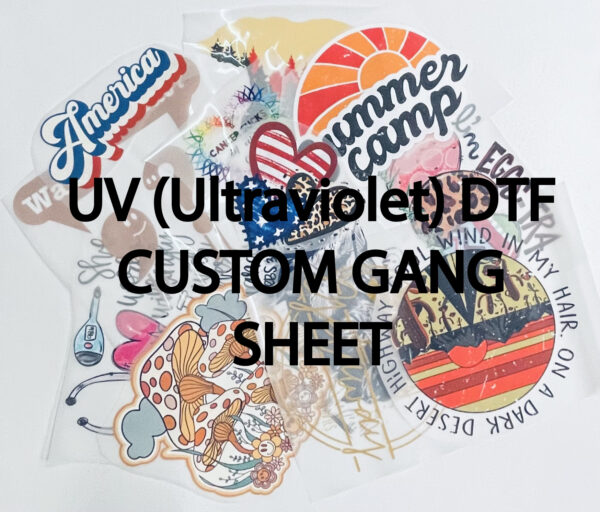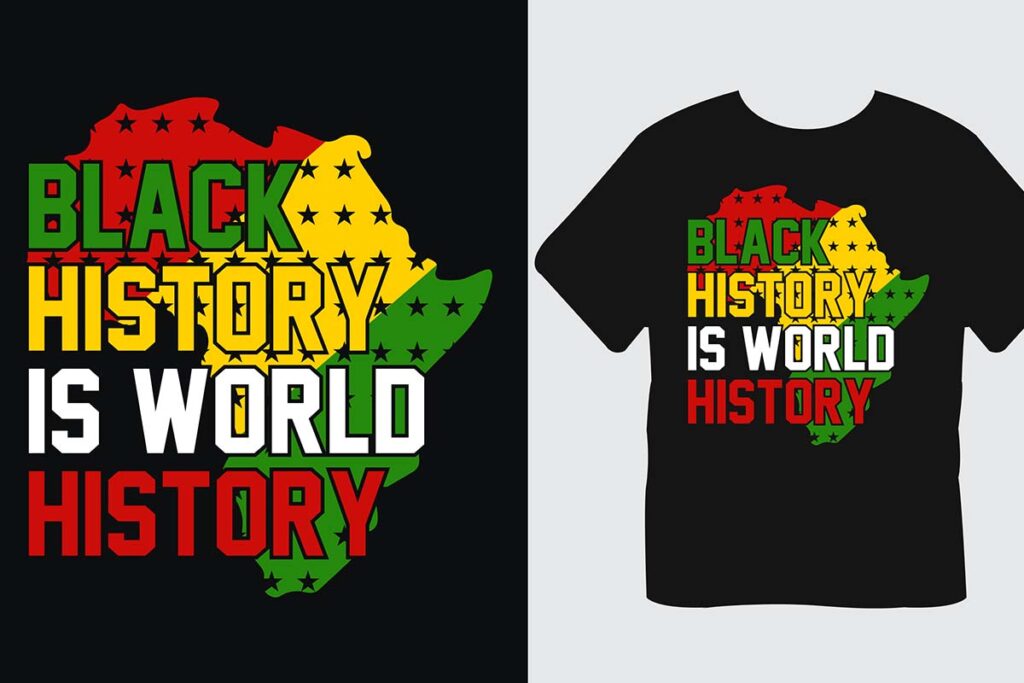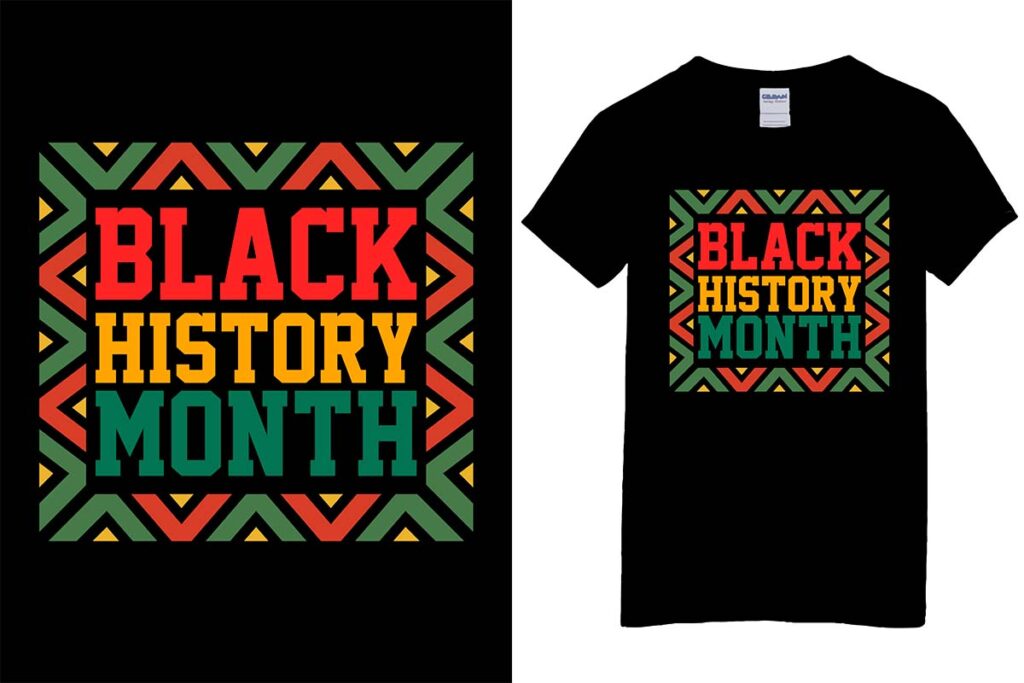In the ever-evolving textile industry, **UV DTF Gangheet** represents a groundbreaking evolution in printing technology. This innovative process employs ultraviolet Direct to Film (DTF) printing, merging bright, durable inks with efficient production methods to enhance textile printing. As the demand for eco-friendly printing solutions rises, UV DTF gangheet provides a sustainable alternative by significantly reducing volatile organic compounds (VOCs). This innovative technique caters to the growing trend of custom textile printing, offering designers the flexibility to create vibrant images on a variety of fabrics. With advancements in textile technology, the future of custom designs has never looked more promising, making UV DTF printing a cornerstone of modern textile production.
The term **UV DTF Gangheet** can also be viewed as a significant leap in diverse fabric printing techniques, specifically through ultraviolet Direct to Film technology. This method embodies the essence of modern textile printing practices, emphasizing customization and sustainability in a rapidly changing market. With a focus on creating unique, vibrant designs with eco-friendly inks, this alternative approach to textile technology embraces the latest advancements while addressing consumer demands for personalized products. As the textile landscape shifts towards more innovative solutions, understanding the nuances of UV DTF printing becomes essential for those seeking to remain competitive in the industry.
Understanding the Mechanics of UV DTF Printing
UV Direct to Film (DTF) printing is revolutionizing the textile industry with its unique mechanics and technology. By utilizing ultraviolet inks, the process allows for high-definition designs to be printed on a transfer film before being heat pressed onto various substrates. This innovative process not only ensures vibrant colors and elaborate designs but also enhances the durability and longevity of prints, adding value to the end products. The instant curing feature of UV inks under UV light eliminates drying time, ensuring a faster turnaround which is essential in today’s fast-paced market.
Furthermore, the mechanics of UV DTF printing embrace eco-friendliness, as the technology employs inks with reduced VOCs, thus minimizing environmental impact. This shift is critical as the textile industry seeks to adopt more sustainable production practices. By understanding the intricate details of how UV DTF operates, businesses can leverage this technology for greater efficiency and quality, ensuring they meet contemporary consumer demands while also paving the way for a greener textile manufacturing process.
The Environmental Impact of UV DTF Printing
As sustainability becomes a significant concern in the modern textile industry, UV DTF printing stands out as a beacon of eco-friendly practices. Traditional printing methods often produce substantial waste and involve inks that can be harmful to the environment. In contrast, UV DTF printing reduces waste significantly by allowing on-demand production, meaning that only the required number of prints are produced. This capability greatly diminishes excess material and contributes to a greener manufacturing process.
Additionally, because UV inks contain fewer volatile organic compounds (VOCs), they present a safer alternative for both creators and consumers. Companies utilizing UV DTF technology are thus able to enhance their sustainability profiles, appealing to increasingly environmentally-conscious consumers. The move towards eco-friendly printing is not just a trend; it is becoming an essential aspect of competitive advantage in the textile industry, driving the adoption of advanced technologies like UV DTF printing.
Customization and the Future of Textile Design
In an era where personalization is king, UV DTF printing shines with its capacity for customization and small production runs. This technology allows designers and brands to respond quickly to individual consumer preferences without the significant financial investment of bulk printing. Customized apparel, promotional merchandise, and unique home decor items can all be designed and produced rapidly, fostering innovation and creativity in the textile market.
As we look ahead, the demand for personalized textiles is expected to grow even further, prompting producers to adopt techniques that facilitate rapid, custom designs. UV DTF printing not only satisfies this growing trend, but it also enhances customer satisfaction by enabling unique, tailored products that resonate with consumers on a personal level. The future of textile design lies in the ability to combine creativity with efficient, eco-friendly production techniques, and UV DTF printing is at the forefront of this evolution.
Exploring UV DTF Gangheet and Its Significance
The concept of UV DTF Gangheet embodies the various advancements in UV DTF printing technology and its significance in transforming the textile industry. In essence, ‘Gangheet’ explores the intersection of innovative technology and traditional textile practices, illustrating how digital advancements are shaping new market dynamics. As brands explore digitally printed textiles, Gangheet signifies a fresh approach, revolutionizing how designs are conceptualized, produced, and marketed.
Moreover, the UV DTF Gangheet serves as a symbol for efficiency and effectiveness within the industry. It showcases how the incorporation of UV technology not only elevates print quality but also aligns closely with modern consumer expectations around sustainability and innovation. Understanding this concept is vital for stakeholders within the textile sector, as they navigate a landscape increasingly driven by technological advancements and changing consumer desires.
Current Trends in the Textile Industry Driven by UV DTF
The transformation of the textile industry through UV DTF printing is reshaping various sectors, from fashion to home decor. Recent trends highlight a shift towards rapid production cycles and personalized designs, which are essential in meeting the swiftly changing preferences of consumers. Whether it’s custom apparel for sports teams or unique prints for home furnishings, UV DTF is enabling brands to fulfill niche demands quickly, ultimately enhancing the customer experience.
Moreover, the rise of e-commerce has fueled this trend, as consumers increasingly look for unique, tailored products that express their individuality. UV DTF technology supports this movement by making small batch production economically viable, thus providing a competitive advantage for companies that can turn around specialized products swiftly. The synergy of market demands and UV DTF printing stands as a testament to the future potential within the textile industry.
Future Predictions for UV DTF Printing Technology
As we look ahead, the future of UV DTF printing appears bright, with ongoing advancements in technology expected to further enhance its capabilities. Innovations in UV inks and printing processes will lead to even higher quality applications, expanding possibilities in custom designs and sustainable practices. As awareness and demand for eco-friendly printing grows, it is crucial for businesses to adopt solutions that harmonize modern technology with environmental responsibility.
Additionally, the continued integration of UV DTF printing into diverse sectors suggests a future where customization will be the norm rather than the exception. As brands adapt to digitalization and embrace new technologies, the applications for UV DTF printing will likely evolve further, enhancing both product offerings and overall consumer engagement. The potential for this technology to revolutionize the textile landscape cannot be overstated, as it aligns seamlessly with the trends of personalization, sustainability, and innovation.
Frequently Asked Questions
What is UV DTF printing and how does it relate to UV DTF Gangheet?
UV DTF printing, or ultraviolet direct to film printing, is a modern technique that uses UV inks cured by ultraviolet light to print high-quality designs on transfer films. The term UV DTF Gangheet symbolizes the innovative advancements within this technology, which are significantly transforming the textile industry by enhancing durability, efficiency, and customization in fabric printing.
How does UV DTF Gangheet contribute to eco-friendly printing in the textile industry?
UV DTF Gangheet promotes eco-friendly printing by utilizing UV inks that contain fewer volatile organic compounds (VOCs), leading to reduced environmental impact. This direct to film method minimizes waste through on-demand printing, thereby supporting sustainable practices in the textile industry while meeting the growing consumer demand for environmentally responsible products.
What are the key benefits of using UV DTF printing technology in textile production?
The UV DTF printing technology offers several key benefits such as enhanced durability of prints, the ability to print on a variety of fabrics, and efficient customization for small runs. These benefits align with the goals of the textile industry to produce high-quality, vibrant designs while minimizing waste and supporting sustainable practices, a concept encapsulated by UV DTF Gangheet.
In what ways can UV DTF Gangheet enhance custom textile printing processes?
UV DTF Gangheet enhances custom textile printing processes by enabling designers to quickly and easily create smaller quantities of personalized designs without the costs associated with traditional methods. This capability fosters creativity and uniqueness in the textile market, allowing businesses to stand out and cater to individual consumer preferences effectively.
What innovations does UV DTF Gangheet bring to the fashion industry?
UV DTF Gangheet introduces significant innovations to the fashion industry by enabling rapid production cycles and the ability to respond to changing consumer trends swiftly. With vibrant, durable prints that can be customized for any clothing line, UV DTF printing is becoming essential for designers and brands looking to differentiate themselves in a fast-paced market.
How does UV DTF Gangheet support waste reduction in textile manufacturing?
UV DTF Gangheet supports waste reduction in textile manufacturing through its on-demand printing capability, which allows manufacturers to produce only what is necessary. This technique contrasts sharply with traditional methods that often generate excess materials, leading to a more sustainable and efficient production process in the textile industry.
| Key Point | Details |
|---|---|
| What is UV DTF Printing? | A process using UV inks to print high-quality images on transfer film, which is heat-pressed onto textiles, enhancing vibrancy and durability. |
| Benefits of UV DTF Printing | Offers durability, versatility, and eco-friendliness, addressing business needs for sustainability and longevity. |
| Customization and Small Runs | Enables efficient production of custom designs and small batches, appealing to personalization trends in the market. |
| Reduced Waste | Prints only what is needed, minimizing material waste and promoting sustainable production practices. |
| Current Applications | Used in fashion, merchandising, and home décor, responding to rapid market demands for customization. |
| Future of UV DTF Printing | As digitalization grows, so will the demand for UV DTF technology, leading to expanded design capabilities and production efficiency. |
Summary
UV DTF Gangheet represents a groundbreaking innovation in the textile industry, highlighting the transition toward more efficient and sustainable printing practices. With advancements in UV DTF printing, manufacturers can produce vibrant, durable textiles that meet the increasing demands for customization. This technology not only supports eco-friendly production with reduced waste but also opens up new opportunities for creativity across various sectors, including fashion, merchandising, and home décor. As industry stakeholders embrace these transformative capabilities, they enhance their competitiveness and respond to evolving consumer preferences, ensuring a bright future for UV DTF Gangheet.



